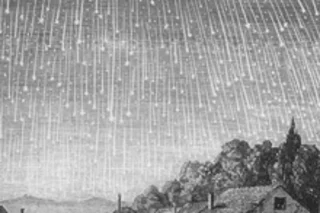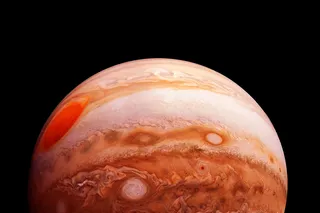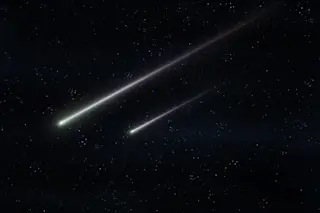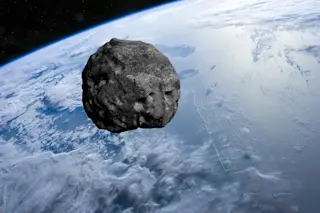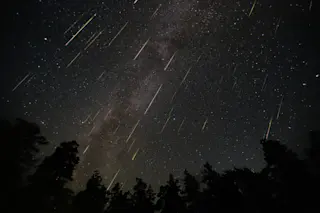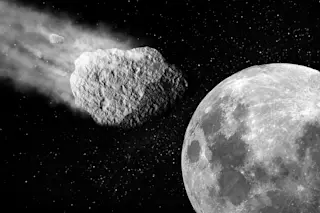If you pull yourself out of bed before dawn tomorrow (Wednesday) or Thursday, take a look up at the sky. This week the Leonid meteor shower will streak across our skies.
The Leonids started out as tiny specks of dust and debris ejected by Comet 55P/Tempel-Tuttle during its countless voyages orbiting the Sun. As Earth passes through this stream of dust, the particles hit our atmosphere at about 158,000 mph (256,000 km/h), vaporizing due to air friction. This produces the streaks of light in the sky we call meteors. [Astronomy]
The shower lasts for about two weeks, reaching its apex over the next few nights.
Viewers under a dark sky can expect to see around 20 meteors per hour radiating from the constellation Leo the Lion. Unfortunately, a waxing gibbous Moon interferes with observations for much of the night. The best views will come after the Moon sets around 3 a.m. local time. [Astronomy]
While astronomers predict this year's sky show will be tamer than last year's
, the Leonids have been known to strike the sky with a fury.
This spectacular 1833 Leonid meteor storm [seen above in a late-1800s engraving] made a deep and terrifying impression on the American people. According to newspaper reports almost everyone saw it, awakened either by the commotion in the streets or by the moving glare of fireballs shining into bedroom windows. This point of emanation of the meteors (called the "radiant") was in the same place for all observers and remained so as the night wore on and the sky turned. Here was proof that the meteors were parallel to each other from somewhere outside of our atmosphere. [MSNBC]
Related Content: Bad Astronomy: Leonids ROCK!
(Check out the link to the amazing Mt. Hopkins video of a Leonid shower) 80beats: Study: 20-Million-Year Meteor Shower Turned Earth Warm & Wet
80beats: Found on a Martian Field: A Whomping Big Meteorite
Image: Wikimedia Commons


